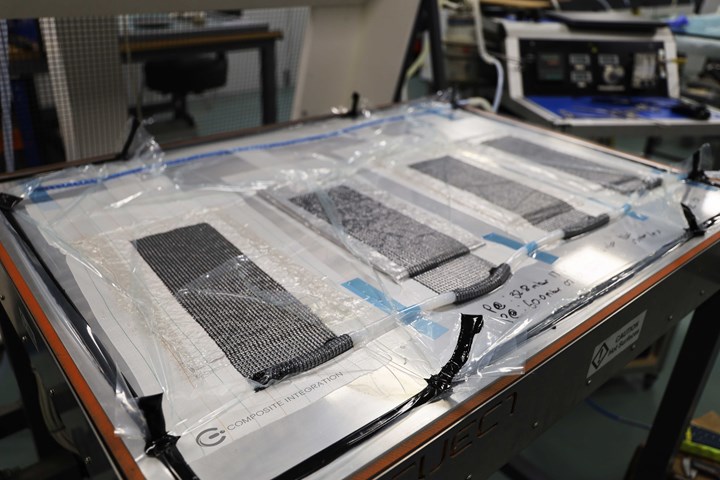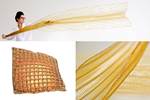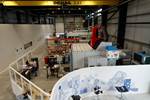Composites Integration evaluates fiber, resin systems to reduce environmental impact of composites
Collaboration with the School of Engineering at the University of Plymouth looks at the effect of pre-processing and post-processing techniques on low-carbon materials.
Share
Read Next

Composite Integration evaluates a range of natural, renewable and recyclable fiber and resin systems. Photo Credit: Composites Integration
As part of ’s (Saltash, U.K.) long-term “Clean Composites” research and technology strategy, the company has placed an emphasis on understanding materials which can reduce the environmental impact of composite structures and components. In particular, the company is evaluating a range of natural/renewable/recyclable fiber and resin systems to ensure that it can provide comprehensive processing guidance to clients and partners.
The challenge of recycling traditional glass/carbon fiber polyester/epoxy composites are well known, says the company. The need exists to understand the processing requirements for a much wider range of fiber and resin systems, not only to ensure that Composite Integration’s Ciject RTM/VRTM injection equipment is capable of processing them, but also to understand the processing parameters to mold components successfully.
To support this work, Composite Integration is working with the School of Engineering at the University of Plymouth, an institution with a long pedigree of both research and undergraduate teaching in the field of composite materials. Placement Engineer, Joe Searle, is currently carrying out both detailed research into available materials as well as practical processing evaluation trials.
“The project focuses on identifying how we can produce high-quality ‘clean’ composites,” Searle says. “The project has looked at the effect of pre-processing and post-processing techniques on a wide variety of low carbon materials. Composite Integration has given me an opportunity to build my dissertation. Being able to use the experience and knowledge of the team at Composite Integration made researching the project significantly simpler.”
While the whole challenge of moving to a carbon-neutral manufacturing environment is a complex one, Composites Integration notes, it is clear that many small steps can be made to move in the right direction. By understanding how to work with lower impact materials through the “Clean Composites” strategy, Composite Integration aims to progress steadily toward this goal.
Related Content
-
Composites end markets: Sports and recreation (2025)
The use of composite materials in high-performance sporting goods continues to grow, with new advancements including thermoplastic and sustainability-focused materials and automated processes.
-
JEC World 2024 highlights: Glass fiber recycling, biocomposites and more
CW technical editor Hannah Mason discusses trends seen at this year’s JEC World trade show, including sustainability-focused technologies and commitments, the Paris Olympics amongst other topics.
-
European boatbuilders lead quest to build recyclable composite boats
Marine industry constituents are looking to take composite use one step further with the production of tough and recyclable recreational boats. Some are using new infusible thermoplastic resins.







